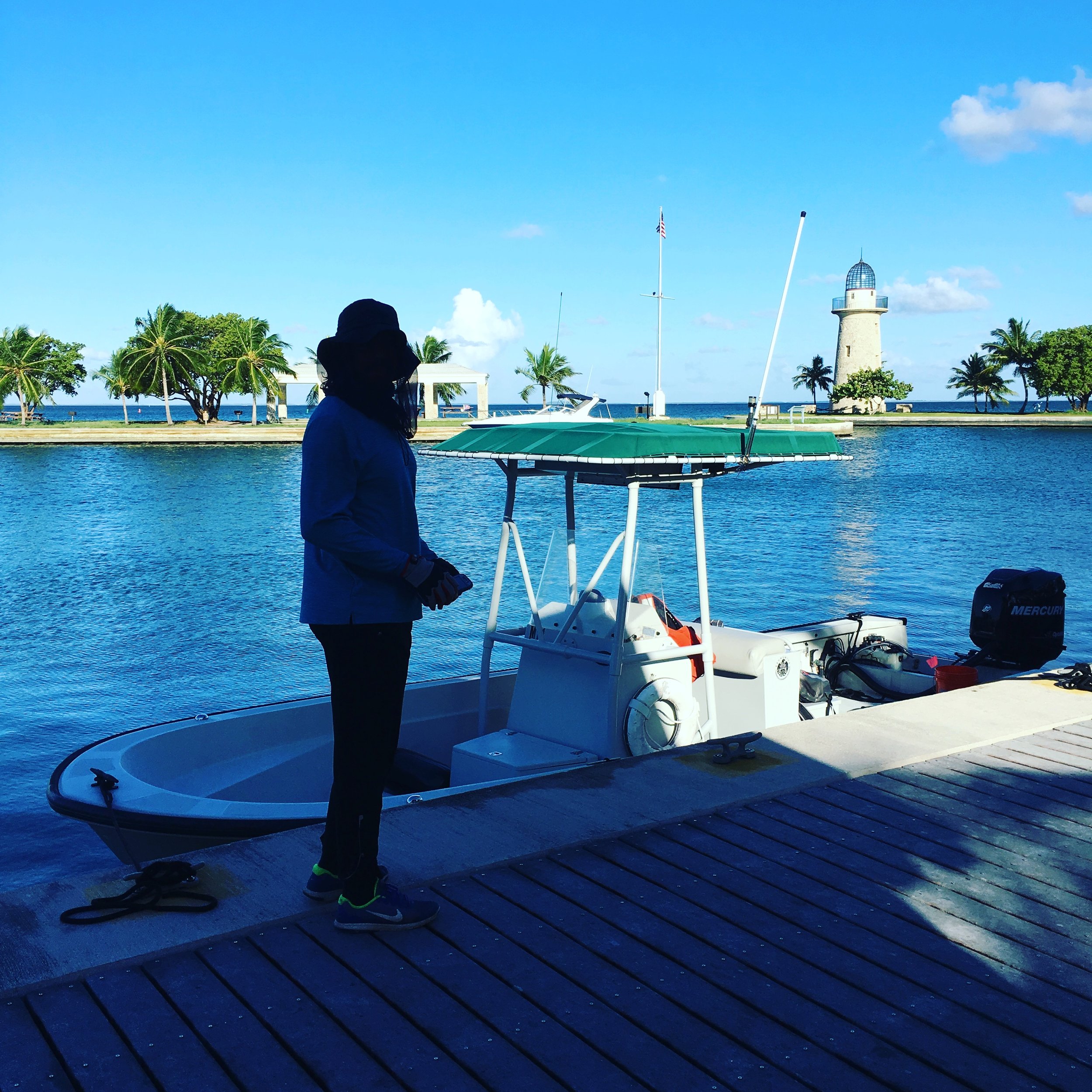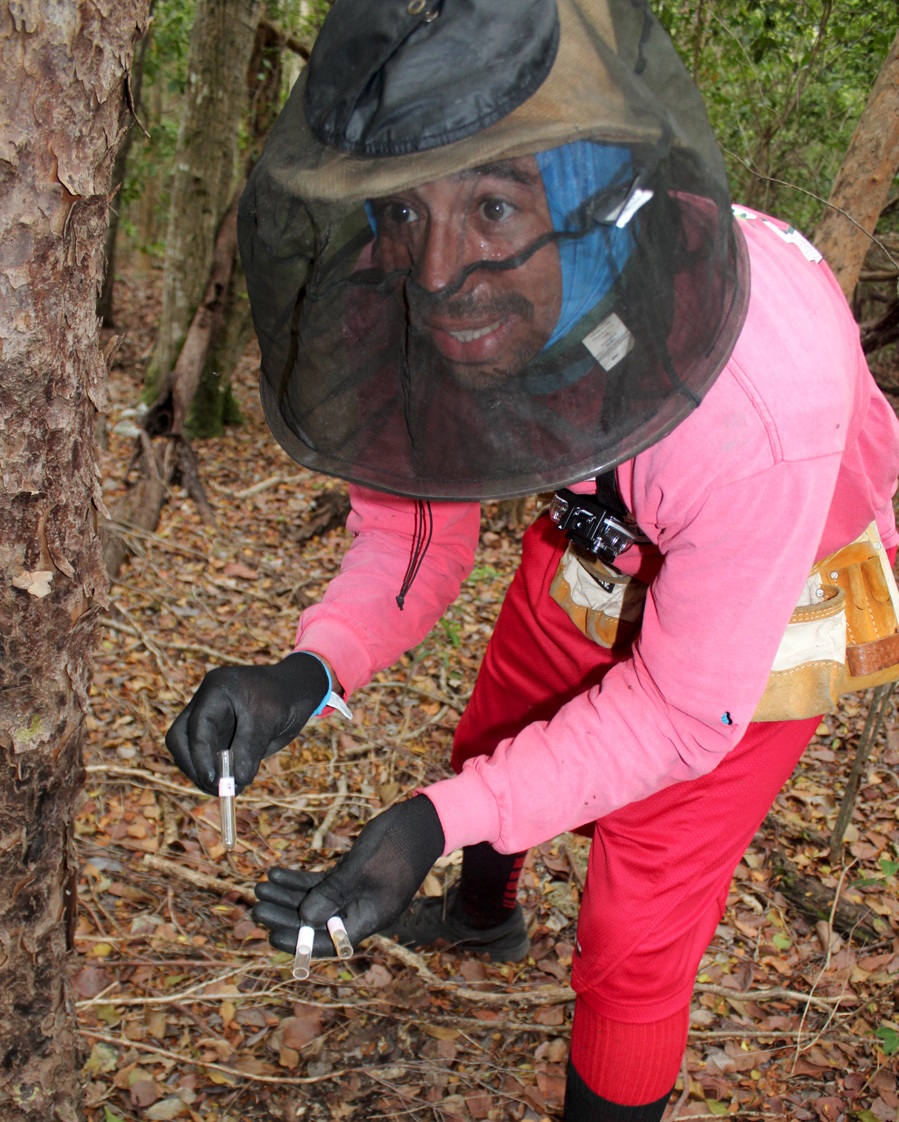What is going on in South Florida?
Ants, especially exotic ants, are potential agents in the decline of rare butterflies. Butterfly enthusiasts in south Florida have observed exotic ants consuming eggs and caterpillars of rare butterfly species in gardens, parks, and preserves. Red imported fire ants (Solenopsis invicta) have been considered a threat to rare butterflies because of their highly predatory nature. Another exotic ant, the graceful twig ant (Pseudomyrmex graclis) is arboreal, posing potential risk to rare butterfly eggs and caterpillars as the ants actively search for prey on shrubs and trees. Current government management protocols for the federally endangered Schaus’s swallowtail and Miami blue butterflies report exotic ants as major threats to the eggs and larvae of both species. In addition, many species of blue butterflies (Lycaenidae Family) have mutualistic relationships with ants, which may be disrupted by exotic ants. Currently, there is no experimental evidence that confirm exotic ants are directly responsible for the reduction and extinction of butterflies in south Florida. A novel technique such as the use high definition video surveillance cameras to quantify encounter rates can be used to investigate the impacts of predator-prey interactions between rare butterflies and known and unknown predators.
Invertebrate predators are a menacing threat against Lepidopterans. Ants and paper wasps will attack and consume caterpillars. At the 2:56 clip, the graceful twig ant attempts to catch the federally endangered Bartram's scrub-hairstreak (Strymon acis bartrami) on Bidens alba.
A video surveillance system captured footage of two Schaus's swallowtail caterpillars (Heraclides aristodemus ponceanus) in the Florida Keys (July 2018). We wanted to quantify encounter rates between predators and prey (imperiled insects) in the field. These observations occurred during and after University of Florida scientists and staff released captive-bred Schaus's swallowtail caterpillars in the dry forest in Key Largo. This work could not have been done without their support. Thank you Dr. Daniels and Sarah Steele Cabrera.
The federally endangered Schaus’ swallowtail butterfly inhabits subtropical dry forests in the Florida Keys. This video displays camera phone footage of the rare Schaus’ swallowtail including the 1st ever recorded footage of a male Schaus’ swallowtail courting a female in the wild.






